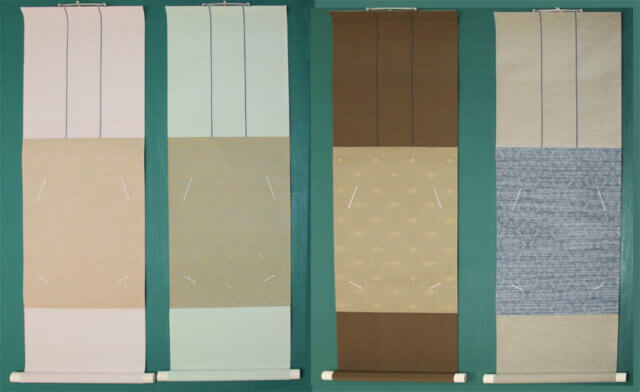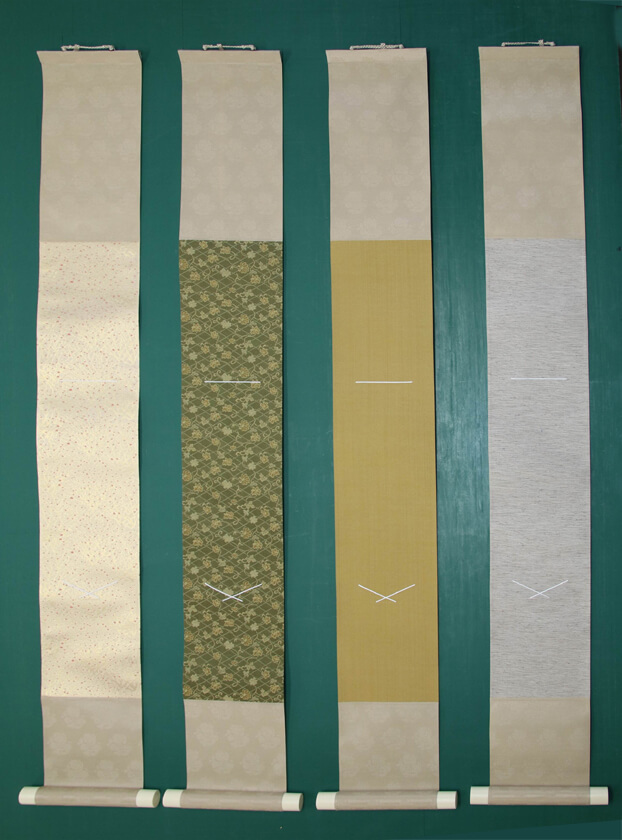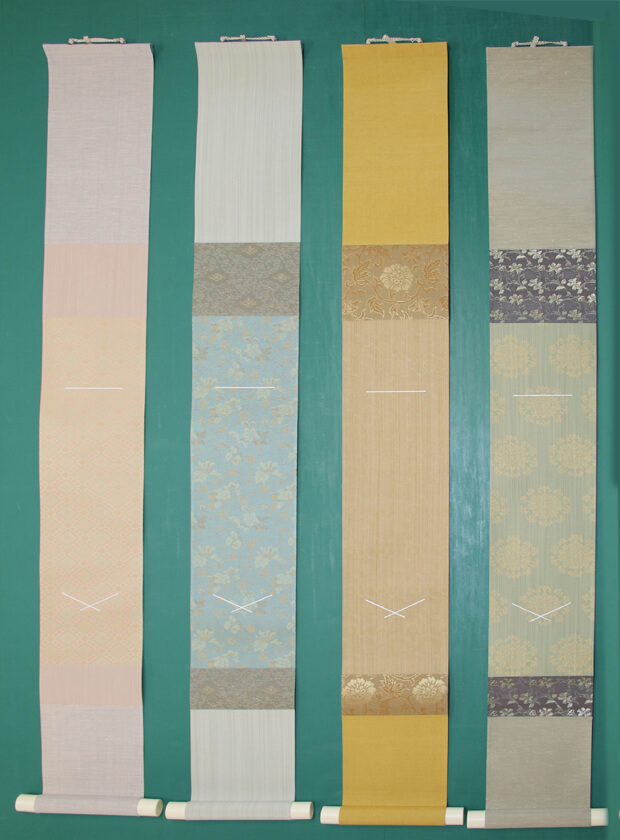Bonsai-emphasizing Shikishi-gake and Tanzaku-gake Have Been Well-Received. Episode of Repeating Made to Order International Request!

Bonsai-emphasizing Shikishi-gake and Tanzaku-gake Have Been Well-Received. Episode of Repeating Made to Order International Request!
We’ve been dealing with a variety of questions and inquiries from abroad.
Among those inquiries, a demand like, `I’d like you to make a bespoke tanzaku- gake or shikishi-gake that will enhance my bonsai!` is pretty common.
I’ve been introducing all sorts of global order episodes and on this article, I’m talking about one of those bespoke orders from a Polish customer.
If you visit our website frequently, you probably recognize another episode of the tanzaku-gake order placed by yet another Polish customer.
The previous customer kindly let the world know us by making a video of the finished products which we are deeply thankful for.
What’s more, we were pleasantly surprised that the customer this time contacted us as he came across the video then watched the article on our website.
Isn’t it wonderful. One customer’s thoughtful deed brings about a chance meeting with the other customer.
The content similarity between the previous and this order rang a bell and we now know that the currently requesting customer has watched the video.
Resembling the order of the former customer which was 8 bespoke tanzaku-gakes, composed of 2set of the pieces for each season, the identical order with an additional 1set of shikishi-gakes was placed by the customer.
I assume that this style, ordering custom-made 4 tanzaku-gakes or shikishi-gakes individually connoting each season may well catch on.
The following shows the finished pieces of the latter order. From the left-hand side, each piece represents spring, summer, autumn, and winter being created by picturing those seasons.

Shikishi-gake

Tanzaku-gake A

Tanzaku-gake B
Following his request for combinations of the fabrics which must be all different, we thought long and hard about ‘matching this and that..’ and that ended up nicely refreshing my brain.
His order included shikishi and tanzaku too in addition to shikishi-gake and tanzaku-gake so we dispatched them all at once.

The delivery seemed to take a long while to reach the customer in Poland even so the confirmation of the safe arrival from him made us give a sigh of relief.
We are absolutely grateful that he is pleased with our creations.
We take international orders of bespoke shikishi-gake and tanzaku-gake as you see in this episode. We will certainly take a request for a single piece too and for a bulk purchase of 50, 100 pieces and the like, we will offer a discount on the orders so please feel free to contact us if you have any of those inquiries.


